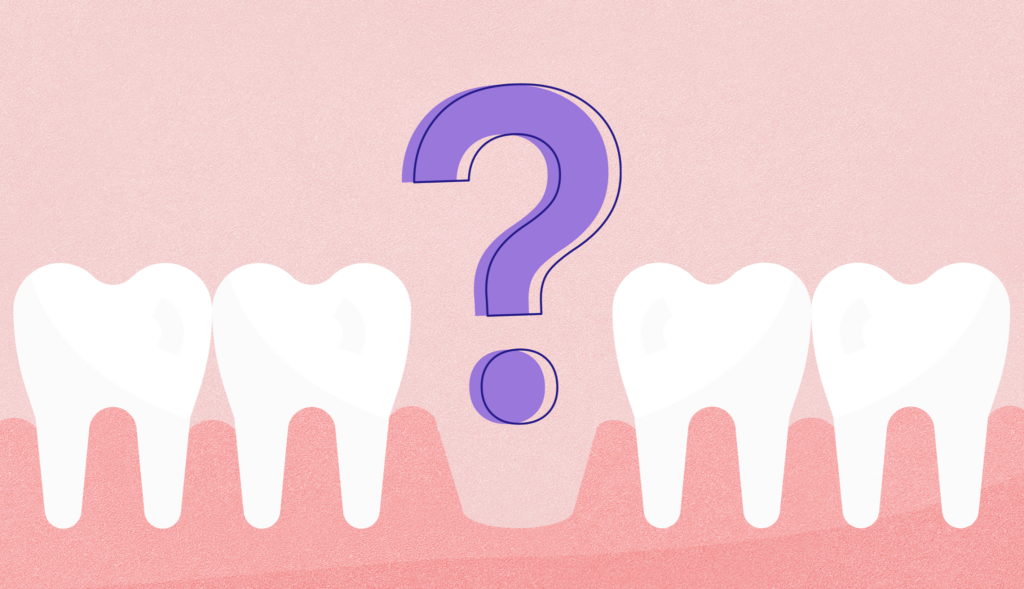
Losing a baby tooth when you were a kid might have been exciting, and even profitable if the Tooth Fairy was generous.
And, as a child, if you lost a permanent tooth playing sports or in an accident, you might remember the adage to soak the tooth in milk and get to a dentist ASAP. If you were able to get to the dentist quickly, it might have been possible to reimplant the tooth.
We all expected to lose teeth as children. But adult tooth loss is common too. By age 64, the average adult has three or more missing or decayed teeth, according to the American Dental Association. A third of adults 65 and older have lost at least six teeth. And a tenth of people over 65 have lost all of their teeth. Common reasons for tooth loss in older adults: gum disease and tooth decay.
Unfortunately, as an older adult, losing a tooth is not exciting or profitable, and, sadly, the tooth can’t be reimplanted, says Sally Cram, spokesperson and consumer adviser for the American Dental Association, and a periodontist specializing in dental implants in Washington, D.C.
So what do you do when you lose a tooth as an adult?
First, take action
While you might consider going to the emergency room when you lose a tooth, you don’t need to unless you’ve fallen and might have face fractures. Otherwise, your first stop should be to get to your dentist as soon as you can. Be careful not to scrape the tooth or rub it if you need to remove debris, says the Mayo Clinic, because this can damage the root surface, making the tooth less likely to survive.
If there is dirt or other material in your mouth, rinse your mouth for no more than 10 seconds in lukewarm water. Don’t put it under running water, because that could damage the cells on the root surface.
Once at the office, your dentist will be able to examine the area, take some X-rays and determine what options are available, Cram says.
To learn about the next important steps in managing a missing tooth, from AARP, CLICK HERE.



